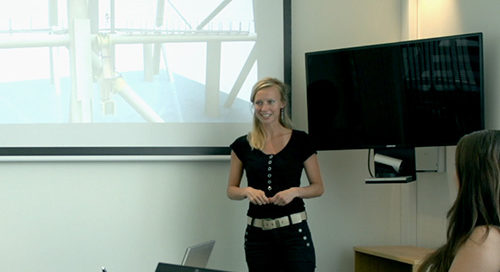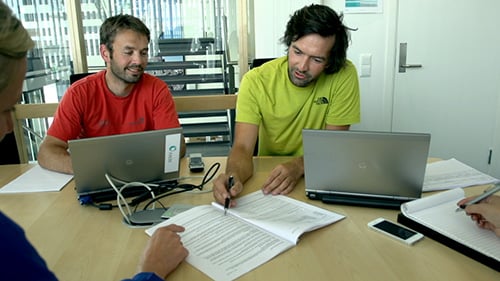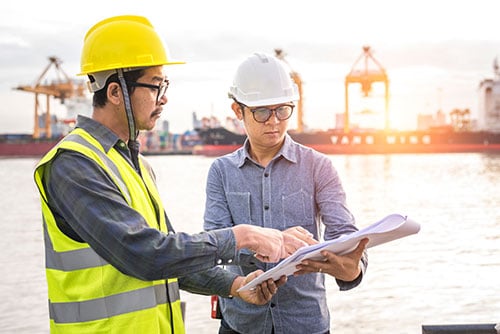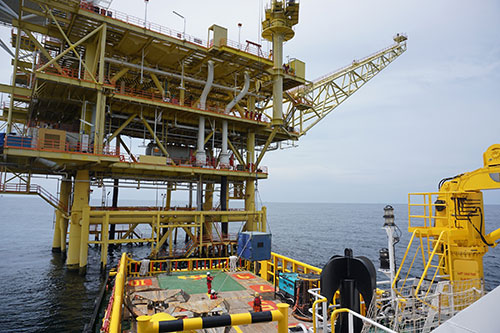Material Handling Solutions


NORSOK R-002 B.5
Material handling philosophy applies to all areas, equipment and operations of mobile offshore installations. This philosophy shall provide guidelines for the engineers to achieve a robust technical design that will promote efficient and safe handling of equipment, as well as to secure access for maintenance in all operational conditions.
The document answers the following:
NORSOK R-002 B.6
Offshore Crane Study is the feasibility study of handling loads by the offshore crane.
The document answers the following:
The offshore crane study is a basis for preparing operational procedures.
NORSOK R-002 B.3.3
The main purpose of lifting zones study is to analyse the potential effect of a “load’ being dropped and drop of crane boom over certain lifting areas/zones.
The document answers the following:
All areas within the working area of the deck crane are to be evaluated and classified according to the consequences of dropped objects. A lifting restriction chart shall be made for the installation.
NORSOK R-002 B.7
During the late phase of the building process, material handling surveys should be carried out to verify the following factors.
NORSOK R-002 B.7
Identify all equipment above 25 kg that needs to be handled due to regular maintenance.
Equipment requirements for material handling is shown in NORSOK R-002.
The material handling report shall be updated periodically to reflect the latest changes in equipment layout, Material Handling Philosophy, significant change in equipment/component weights and dimensions until this report reaches “completion of fabrication” stage.


Detailed report of material handling equipment which includes:


Our subsidiary, Axess Digital, offers an online database to support clients in the storage and retrieval processes of their existing material handling plans. With just a few clicks, a full overview of all equipment that weigh above 25kg on an installation, is easily accessible in real time. This seamless function reduces costly downtime in the event of unexpected equipment failure.